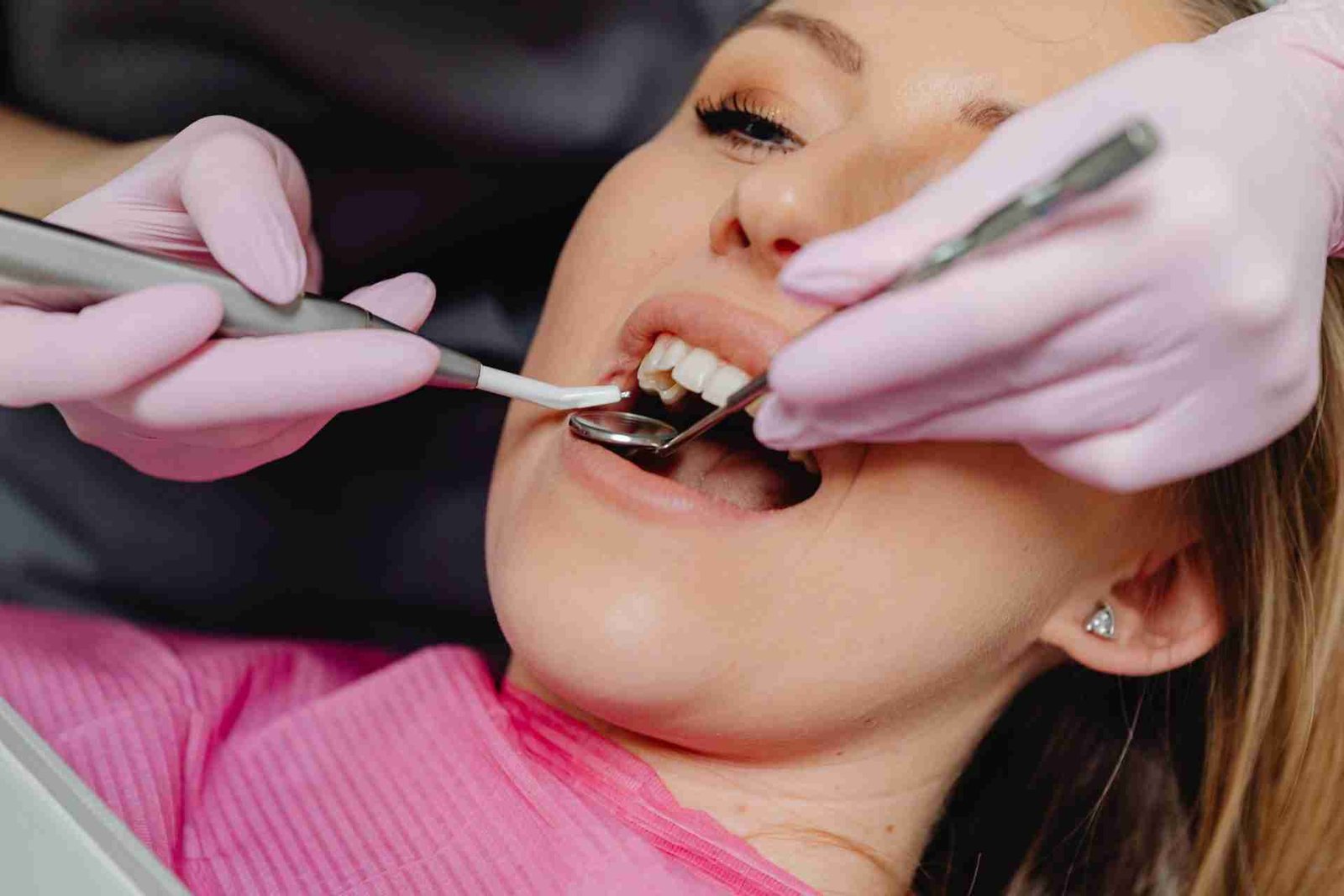If you have dental health insurance, you can acquire the smile of a million dollars that you’ve always desired without having to spend an arm and a leg on it. Most of the time, going to the dentist is not as unpleasant as we imagine it to be – until the bill arrives.
Even though the United States has one of the worst rates of tooth decay in the world, according to statistics provided by the government, around one in eight Americans either delayed or did not visit a dentist at least once between the years 2020-21 and COVID-19.
In addition, three out of ten people put off going to the dentist or completely skip going because of the expense.
Individuals who are anxious about the cost of dental care may find that dental insurance provides them with a sense of serenity.
It is true that the public health system does offer bulk-billed dentists; however, these dentists are frequently only accessible to individuals who hold concession cards, and waitlists can be several months lengthy.
In the event that you are looking for a new dental health insurance policy or a better bargain, the following information is an essential resource for you.
How does dental insurance work and what is covered?
General dental coverage and significant dental coverage are the two categories that make up dental insurance. A different yearly payout limit is assigned to each category, and this limit will change depending on the insurance provider.
Dental examinations, fillings, scaling and cleaning, and X-rays are all included in general dental care. In the realm of dentistry, major procedures include root canals, crowns and bridges, as well as the surgical extraction of teeth including wisdom teeth, dentures, and implants.
The majority of the time, funds will pay a portion of the usual administrative fee. With the majority of funds paying an average of fifty to sixty percent of the costs that are levied, benefits vary from fund to fund, according to a spokeswoman for Private Healthcare Australia who talked with news.com.au.
The actual costs of dental care can vary greatly. The yearly survey conducted by the Australian Dental Association found that the average cost of a routine checkup is approximately $214. The lowest possible cost is $158, while the highest possible cost is $304; the range is from the bottom to the top.
According to Eithne Irving, Deputy CEO of the Australian Dental Association, “Under the Australian Dental Association Schedule, there are no set fees for specific treatments.” This is because the costs of these treatments vary depending on factors such as the clinician’s level of experience, the degree of difficulty of the procedure, the location of the dentist, and the source of the raw materials.
What should you look for to pick the best dental insurance?
In the same way as the costs of dental procedures varies, the quantities of rebates that are offered by private health funds also vary.
There are plans that cover one hundred percent of the cost of a routine dental checkup; however, the rebates that are offered for major dental work may be smaller. As an illustration, according to data provided by the government, the median cost of a full crown in the year 2020-21 was $1,560, the benefit was $674, and the gap payment was $870 that year.
There are a number of funds that require a waiting time of twelve months before granting access to important dental benefits, and the payout amounts typically have an annual cap.
It was recommended by Private Healthcare Australia that you give some thought to how you want to make use of the dental coverage.
A spokeswoman for the company stated, “Take into consideration what you might require, such as routine checkups, and make sure you have insurance for expensive things that you hope you’ll never have to use.”
In the process of selecting a fund, it is important to seek for cover limitations and check-up services that do not have gaps.
There are some funds that either manage their own dental clinics or work in partnership with other dental clinics; in these instances, out-of-pocket payments are capped.
Is dental cover worth it?
If you are concerned about the expense of dental health insurance, it is essential to determine whether or not you will be able to maximize the benefits that you receive from the premium that you are paying.
Do you feel that your teeth are in a healthy enough state for you to pay for your own dental care? On the other hand, would you rather have the comfort of knowing that you have insurance to cover any unforeseen expenses?
“When it comes to extras policies, which include dental, physiotherapy, optometry, and other natural therapies, the Australian Dental Association believes that they generally do not offer value for money,” Ms. Irving said. “These other therapies include dental care, physiotherapy, and optometry.”
For certain insurance, the refunds have not grown for a number of years, much alone maintained pace with inflation. This is despite the fact that the rebates that are provided are far lower than the average expenses of treatment.
“Prevention is the best dental treatment”
When it comes to an individual’s dental health, Ms. Irving stated that prevention is the best kind of insurance.
When it comes to dental care, avoiding the need for additional coverage can be accomplished by brushing your teeth twice a day with fluoride toothpaste, flossing between your teeth on a daily basis, eating a diet that is low in sugar, and keeping frequent appointments with your dentist.
In spite of this, it is beneficial to browse around if one is contemplating purchasing additional coverage, as not all funds are created equal.
For individuals who choose not to have dental coverage, it is essential to establish a budget in order to save a consistent amount of money in the event that they do require an expensive treatment.














